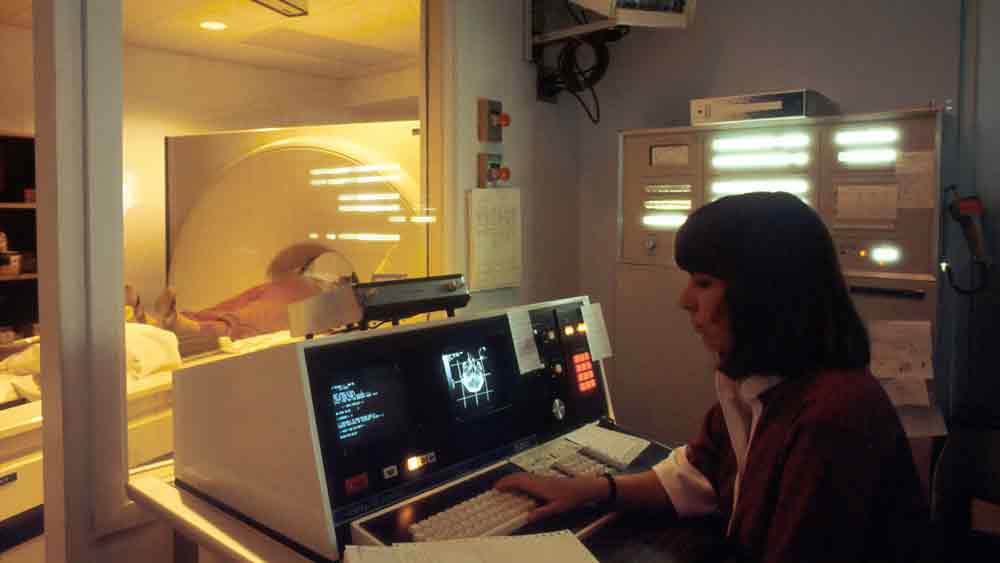As part of its effort to address the changing landscape around artificial intelligence (AI) in medical devices, the U.S. Food and Drug Administration (FDA) has recently released two new guidance documents on artificial intelligence-enabled device software functions (AI-DSF):
• “AI-enabled device software functions—Life cycle management and marketing submission recommendations” (draft guidance)
• “Marketing submission recommendations for a predetermined change control plan for AI-enabled device software functions” (final guidance)
|
ADVERTISEMENT |
Let’s take a look at both documents, how they affect medtech companies, and what they can tell us about how the FDA views AI right now.
…

Add new comment